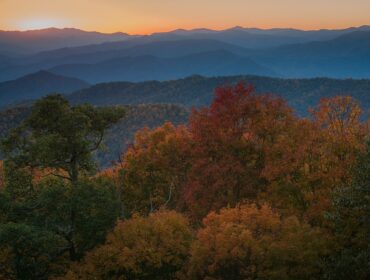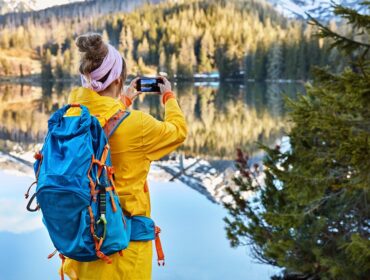Part striking geological formation and part flowing grass prairie, this 244,000 acre expanse in South Dakota offers a wealth of rugged hiking and camping opportunities along with some of the most stunning starscapes you’ve ever seen. Here are just a few of the amazing sights you will see when you venture into Badlands National Park.
Trails
This park is home to miles of trails, ranging in difficulty from easy to strenuous. There are two routes we recommend, the quarter-mile Window Trail and the 25-mile Saddle Pass. The Window Trail takes you to the perfect spot to view the intricacies of the canyon. While the Saddle Pass, leads up the Badlands Wall and offers beautiful views of the White River Valley. Be sure to bring plenty of water and wear sturdy boots. They don’t call them the Badlands for nothing!
Rock Formations
The rock formations in Badlands were formed over millions of years, showcased by the many striped layers of these towering spires. Volcanic ash, sandstone, and fossil soils were deposited and exposed over eons of wind and water erosion, leaving behind the distinctive grey, red, tan, black, and yellow striations.
Wildlife

The grasslands are an important food source for the multitude of wildlife residing in the park. Bison meander through the grassy expanse, as prairie dogs play. Other wildlife in the area includes bobcats, badgers, Bighorn sheep, and the antelope-like Pronghorn which can sprint at speeds of up to 60 miles per hour. All told, Badlands National Park is home to more than 50 species of animals, reptiles, and amphibians. The park also features over 200 varieties of birds and 69 types of butterflies. There are predators here as well. Coyotes, swift foxes, and black-footed ferrets make their home here. They hunt prairie dogs and smaller animals like shrews, as well the resident deer.
This region is one of extremes. Searing hot in summer and bitterly cold in winter, the animals and plants here are uniquely adapted to survive in this harsh climate. Smaller animals live in underground burrows to escape the heat in summer and to hibernate in winter. The prairie dogs here are considered a keystone species, one whose presence is vital to the overall ecological health of the grasslands.
Related articles: Camper’s Guide: Midway Geyser Basin, Wyoming also Camper’s Guide: Bar Harbor, Maine
Featured Image from Matan Levanon/Unsplash




